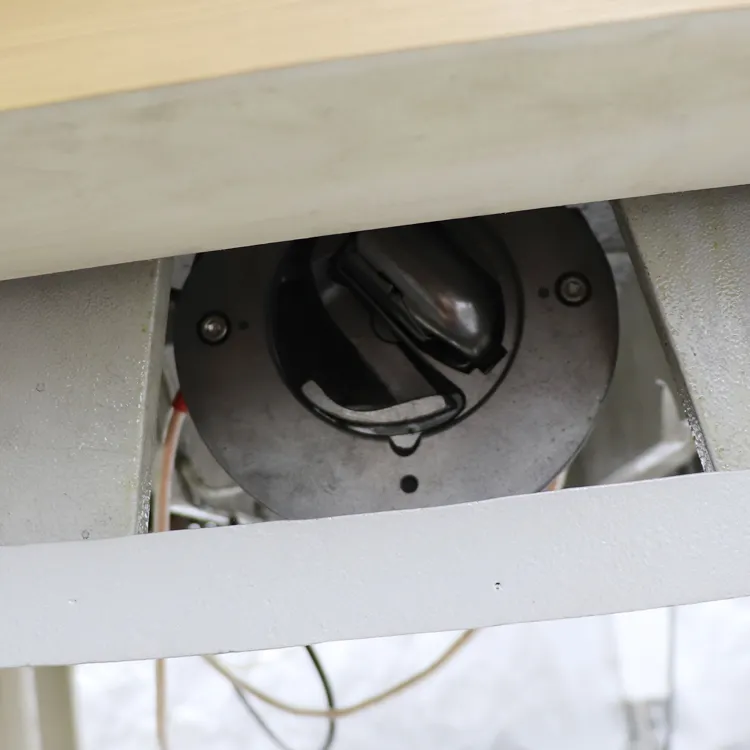zigzag and overlock machine
The Importance of Zigzag and Overlock Machines in Textile Production
In the world of textile production, efficiency and precision are paramount. Manufacturers and designers alike seek methods to ensure that their creations not only look aesthetically pleasing but also meet quality standards that guarantee durability and wearability. Among the array of machines available in the sewing industry, zigzag and overlock machines play a crucial role in achieving these objectives.
Understanding Zigzag Machines
Zigzag machines are essential tools in the sewing process, characterized by their ability to create a zigzag stitch that is widely used for both functional and decorative purposes. This versatility allows for various applications, such as sewing stretch fabrics, applying decorative edges, and securing seams to prevent fraying. The zigzag stitch is especially important when working with knit and elastic fabrics, as it provides the necessary flexibility and stretchability that straight stitches often lack.
One of the key advantages of using zigzag machines is their ability to accommodate different fabric types and thicknesses. By adjusting the stitch width and length, users can create the perfect zigzag stitch for lightweight chiffon, sturdy denim, or even layers of fabric. This adaptability makes zigzag machines indispensable for both home sewers and industrial manufacturers.
The Role of Overlock Machines
On the other hand, overlock machines, commonly referred to as sergers, are vital in finishing raw edges and preventing fabric fraying. Unlike traditional sewing machines, overlock machines utilize multiple threads and cutting blades to create a stitch that finishes seams in a single pass. This not only saves time but also enhances the strength of seams, ensuring that garments withstand wear and tear.
zigzag and overlock machine

Overlock machines can create a variety of stitch types, including 3-thread, 4-thread, and 5-thread stitches, each serving distinct purposes. A 4-thread overlock stitch, for example, offers a balance of strength and flexibility, making it ideal for constructing woven garments. The 3-thread stitch, on the other hand, is often used for cosmetic seams on lightweight fabrics.
Synergy in Textile Production
The combination of zigzag and overlock machines allows for streamlined textile production. By first employing an overlock machine to finish seam edges, manufacturers can proceed to use a zigzag machine for additional embellishments or secure stitching. This synergistic relationship not only maximizes efficiency but also elevates the quality of the finished product.
Furthermore, the increasing demand for sustainable and high-quality garments in the fashion industry has emphasized the need for robust stitching techniques. Zigzag and overlock machines cater to this need by providing reliable stitching methods that ensure the longevity of clothing items, ultimately reducing waste in the fashion supply chain.
Conclusion
In conclusion, zigzag and overlock machines are indispensable tools in modern textile production. Their ability to create versatile stitches and finish seams effectively not only enhances the quality of garments but also promotes efficiency in manufacturing processes. As the fashion industry continues to evolve, the importance of these machines will undoubtedly remain significant, ensuring that creativity and functionality go hand in hand in the world of fabric and design. Both home crafters and industrial manufacturers would benefit from investing in these machines, as they are key to building a foundation of quality and innovation in textile production.
-
Industrial Cylinder Arm Sewing Machine: Revolutionizing Heavy-Duty SewingNewsJul.28,2025
-
Cylinder Arm Sewing Machine: Perfect for Special Sewing ApplicationsNewsJul.28,2025
-
Cylinder Bed Sewing Machine: Essential for Sewing Complex MaterialsNewsJul.28,2025
-
Heavy Duty Sewing Machine: The Essential Tool for Industrial ApplicationsNewsJul.28,2025
-
Computerized Pattern Sewing Machine: Revolutionizing Precision StitchingNewsJul.28,2025
-
Heavy Duty Industrial Sewing Machine: Power Meets PrecisionNewsJul.28,2025
-
Leather Sewing Machine: The Industrial Standard for Tough MaterialsNewsJul.18,2025





























